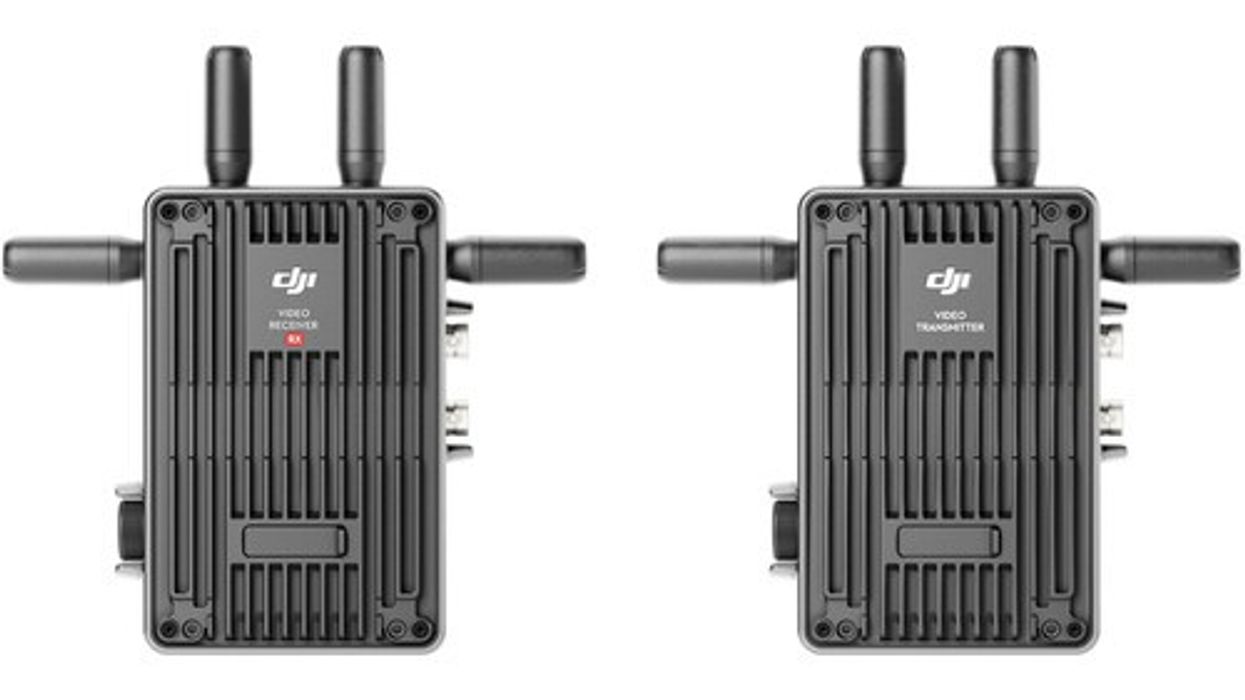Here's Why You Need to Revisit 'Interstellar' in 70mm IMAX
Celebrate the love and hope at the center of Nolan's space epic in the format it was meant to be seen.
Dec 12, 2024
If we know anything about Christopher Nolan, he likes to go big. Nolan started with smaller-scale stories (as many of us do) with early noir adjacent works like Following, Memento, and Insomnia, then started going and staying big with his illusionist drama The Prestige. Since then, the scale has been various degrees of massive, with the biggest scope in his time-and-space sprawling epic, Interstellar.
While Interstellarmight not be everyone's favorite Nolan outing, there's no denying it's an impressive feat of filmmaking and his most emotional—if watching Matthew McConaughey's Cooper desperately try to reach his family through quantum space-time doesn't make you cry at least a little bit, what's going on, dude?
With Interstellar'sIMAX release, it's a great time to shed some tears in a public setting in one of the most prestigious film formats around. As we mentioned in our film gauge piece, Nolan loves shooting on film and utilizes 65mm intentionally to provoke a tone of massive scale. In that regard, Interstellar was made for 70mm IMAX. That goes without saying, dawg. That being said, other factors make Interstellar a perfect movie to revisit in theaters while you can.
Let's break down the release further below.
Why 'Interstellar'? Why Now?
The obvious answer is that Interstellar came out in 2014, making this the 10th anniversary, but that's boring. IMAX releases are popular right now, as we've seen with A24's release of Midsummer and The Witch, among other notable IMAX releases. In theory, it's no surprise we're revisiting Nolan's space epic now. However, for sake of exploring deeper, let's talk about Interstellar's deeper relevance.
At its heart Interstellar is about so much more than space and time and cool space footage. It's about love, and hope, and humanity's struggle to survive against all odds (ahem, climate change as one of them). Cooper consciously makes the choice to leave his family behind for the greater good of Earth, tortuously portrayed in the aforementioned scene where he desperately tries reaching out to his daughter Brand (Anne Hathaway) via the fifth dimension. The storytelling here is dense, spanning over 50 years over the course of several different timelines. Our boy Nolan loves manipulating time.
Working as an AE for a company that covers footage for Blue Origin space launches, I think about the ethics and practicality of space travel quite a bit. But no matter where you land on that spectrum, space travel is an incredible human feat, and the act of leaving everything behind to travel to deep space in order to find an inhabitable planet is objectively heroic.
And that's why Interstellar is an important movie, in my humble opinion. Behind all the cool space stuff, at its heart, it's about the struggle to persevere, with a big loving heart at its center. It's about how humanity gets in its own way in this pursuit, as is eloquently personified in Matt Damon's Dr. Man scene when he nearly disrupts the entire mission for his own selfish needs. I mean, his name is Dr. "Man", after all. Just the right amount of on the nose social commentary.
In light of climate change and growing social unrest, Interstellar reminds us that love and hope are our saving grace. Sure, the fact our Earth is rapidly running out of resources and that not many people in positions of wealth and power seem to take that seriously is terrifying, but in spite of that, we have each other. And that's important.
Sometimes it takes a sprawling space odyssey in 70mm IMAX to remember that.
The Imax Format Hype—Will the Trend Continue?
Are IMAX re-releases a successful profit model? Well, looking at the numbers for Interstellar alone, yes, they are indeed. Interstellar was successful upon initial release, with AP reporting it made $4.5 million from only 166 screens in the U.S. and Canada, which is no small chump change. For its IMAX release, tickets sold out in seconds, grossing $70,000 for the 10 screens it inhabitants.
Also per AP, Nolan had this to say in defense of film and IMAX screenings:
“Celluloid film was very threatened. Digital was taking over everything,” Nolan said. “We put an enormous amount of work and effort into the IMAX 70mm film format release at the time feeling like we didn’t know how much longer we’d be able to do that.”
In many ways, you could say Nolan is the Cooper of IMAX—he just had a tiny bit easier.
Are you checking out Interstellar in IMAX? If you can, you should! Let us know how much it made you cry in the comments.
Keep ReadingShow less












